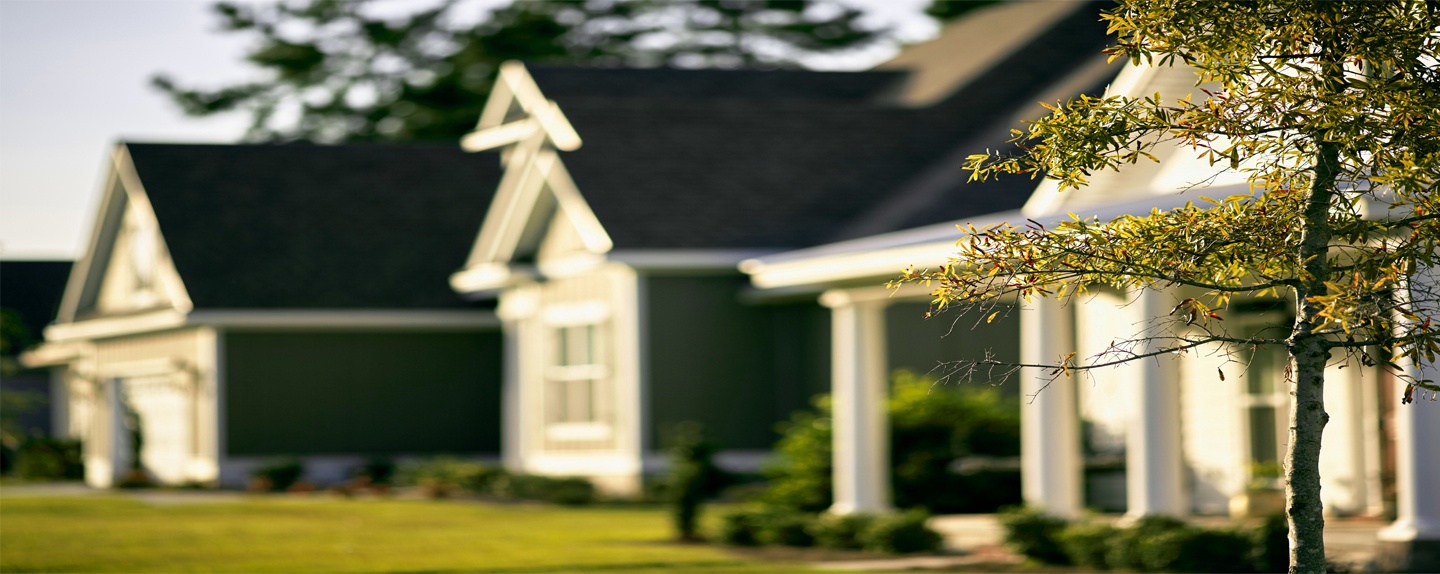The receding snows of spring are wonderful to see as it means spring is on the way. A full, lush, green lawn free of bare spots is a healthy lawn. The causes of these patches could be many and varied but they can be remedied with the proper products and planting techniques and done right, can be beneficial to your lawn
Can I Repair Bare Spots In Spring?
Melting snows and early spring rains can often lead to what New Englanders fondly, or not so fondly, call Mud Season. If the soil is squeezing out around your shoes when you walk on your lawn, it is too muddy to be working out on the lawn. While soil moisture is needed for seed germination, working over-saturated soil to prepare it for seeding can do more harm in the long run. It is best to wait until the soil has dried somewhat and you can walk without losing your boot in the mud.
Soil temperature is another important aspect to the growing season and you usually want soil temperatures for cool season grasses to be in the 50-65° F degree range.
How Do I Repair Bare Spots?
Once the soil has dried to a workable point, gather your tools. You will want a good steel rake – not a leaf rake – and seed. Some other tools such as a garden cultivator like a garden weasel or a small hand cultivator for small patches could also be useful.
Loosen up the soil in the area you want to reseed using any of the tools above. Cultivating to a depth of about two inches is usually recommended. Sprinkle seed into the disturbed soil and then lightly rake it in. This will promote good seed-soil contact, help keep the seed moist, and protect it from birds. Be sure to check the label for the amount of seed you should be applying per square feet.
Breaking up the soil is especially important if you or your lawn care service put down a crabgrass preventer, also known as pre-emergent. Pre-emergent creates a barrier in the soil that must be broken otherwise the seed you just planted stands little chance to germinate. So, the time to seed is very important to avoid low germination rates due to pre-emergent or weed control applications.
Which Kind Of Seed Should I Use?
Choosing the right grass seed can go a long way towards a successful bare spot repair. It is best to use a blend meant for the amount of sun your lawn receives. Remember, shade grasses can grow in the sun, but sun grasses cannot grow in the shade so using the wrong seed is just setting yourself up for failure.
Cool season grasses will work best in the Boston and surrounding area. A mix of bluegrass and perennial rye is the most common grass type you’ll find in the North shore area. Turf type tall fescue is great for high sun and low moisture areas but is coarser and grows faster than other grasses.
Is Spring Overseeding A Good Option?
Overseeding your lawn along with a starter fertilizer or soil amendment in early fall is generally the best time to overseed. Broadcast spreading of grass seed performed with a core aeration is designed for filling in relatively small bare spots in an established lawn that just needs help thickening up and is not an effective solution to repairing bare patches larger than the base of a bottle.
The commercially available patch kits that include a mulch should ideally only be used on bare spots and not over existing grasses. The mulch can help you judge when you need to water the seed so it can increase your success rate.
Get More Info From The Pros!
Looking for more information on spring overseeding or just ready to let the professionals take over your lawn care needs? The Grassmaster Plus team is ready and willing to answer any questions you have and can provide you a free quote on your lawn care services for the season. Contact our local office today!

